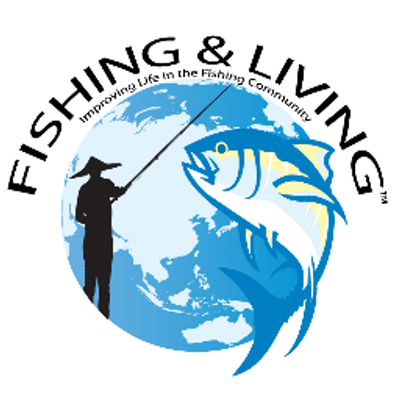July 2014
 Last June 18th, Vietnamese fisheries stakeholders including scientists, fishermen and industry associations got together in Nha Trang to evaluate the ASEAN FIP protocol and provide feedback on its applicability for fisheries in Vietnam. Fishing & Living took this opportunity to meet important tuna fisheries stakeholders as well as become more involved in the FIP protocol process.
Last June 18th, Vietnamese fisheries stakeholders including scientists, fishermen and industry associations got together in Nha Trang to evaluate the ASEAN FIP protocol and provide feedback on its applicability for fisheries in Vietnam. Fishing & Living took this opportunity to meet important tuna fisheries stakeholders as well as become more involved in the FIP protocol process.
In 2013, stakeholders from ASEAN’s seafood industry agreed at the ASEAN Public-Private Taskforce for Sustainable Fisheries and Aquaculture that there is a need to define a FIP Protocol for the ASEAN region that “reflects the realities of facing producers and fisheries in the region while simultaneously meeting management, environmental and social standards to a minimum level required by export buyers to maintain compliance with their public commitment to sustainability”.
In many cases, expecting ASEAN fisheries to achieve MSC certification in a reasonable time frame has appeared unrealistic, from both a compliance and cost perspective. The protocol aims to “bridge the gap between the MSC standard and ASEAN realities by providing a catalyst for improvements in fisheries practices and management in the ASEAN region whilst meeting the needs of the fisheries and the buyers”.
The first draft of the protocol was finalized in April 2014 and currently consists of 3 sections:
1) Requirement for implementing and tracking progress of a FIP: this section is largely based on the Conservation Alliance Guidelines.
2) Environmental Benchmark: these criteria are based on multiple inputs from steering committee members, stakeholders as well as the Seafood Watch criteria, FAO Good Fish Code and MSC standard.
3) Social Benchmark: these criteria are based on the draft Fairtrade USA standard for fisheries and the Good Labor practices from Thailand
Stakeholders shared their opinion on each section of the protocol and provided constructive feedback on apparent issues in implementing the protocol. Most criteria were “agreed” with but some stakeholders expressed that there are some limitations due to government policy that are restricting or not in place. Stakeholders also explained that there is currently a poor management system in Vietnam as well as low implementation of some regulations. It was said that these would lead to difficulties to implement criteria regarding e.g. observer schemes, MCS, IUU, habitat impacts (trawl fishery), health insurance, social security benefits, first aid training, written contract (only verbal). Stakeholders expressed that there is a lack of guidance in the protocol itself (e.g. stock assessment).
 What’s next?
What’s next?
May-June 2014: Public meetings in ASEAN countries
July 2014: Steering committee will produce 2nd draft based on the feedback collected in the public meetings
August 2014: Release for 60 day public comment period
October 2014: Steering committee produces 3rd draft
Field Testing
February 2015: Steering committee produces 4th draft and determination of process next steps
Links
Recent Posts
Helmets Distribution to Fishermen’s Children in Local Communities in Bali
We distributed helmets to all fishermen children in two local coastal communities in Bali. The main goal of this event […]
Read moreAnova FoodNominated for Award of Corporate Excellence (ACE) by Secretary Hillary Clinton
The Award for Corporate Excellence (ACE) is given annually by the U.S. State Department to American companies who exhibit good […]
Read moreSchool Children Awareness Programs in Awareness Lombok
June 2012 We hosted an event coinciding with World Ocean Day and Coral Triangle Day. The event was to raise […]
Read more